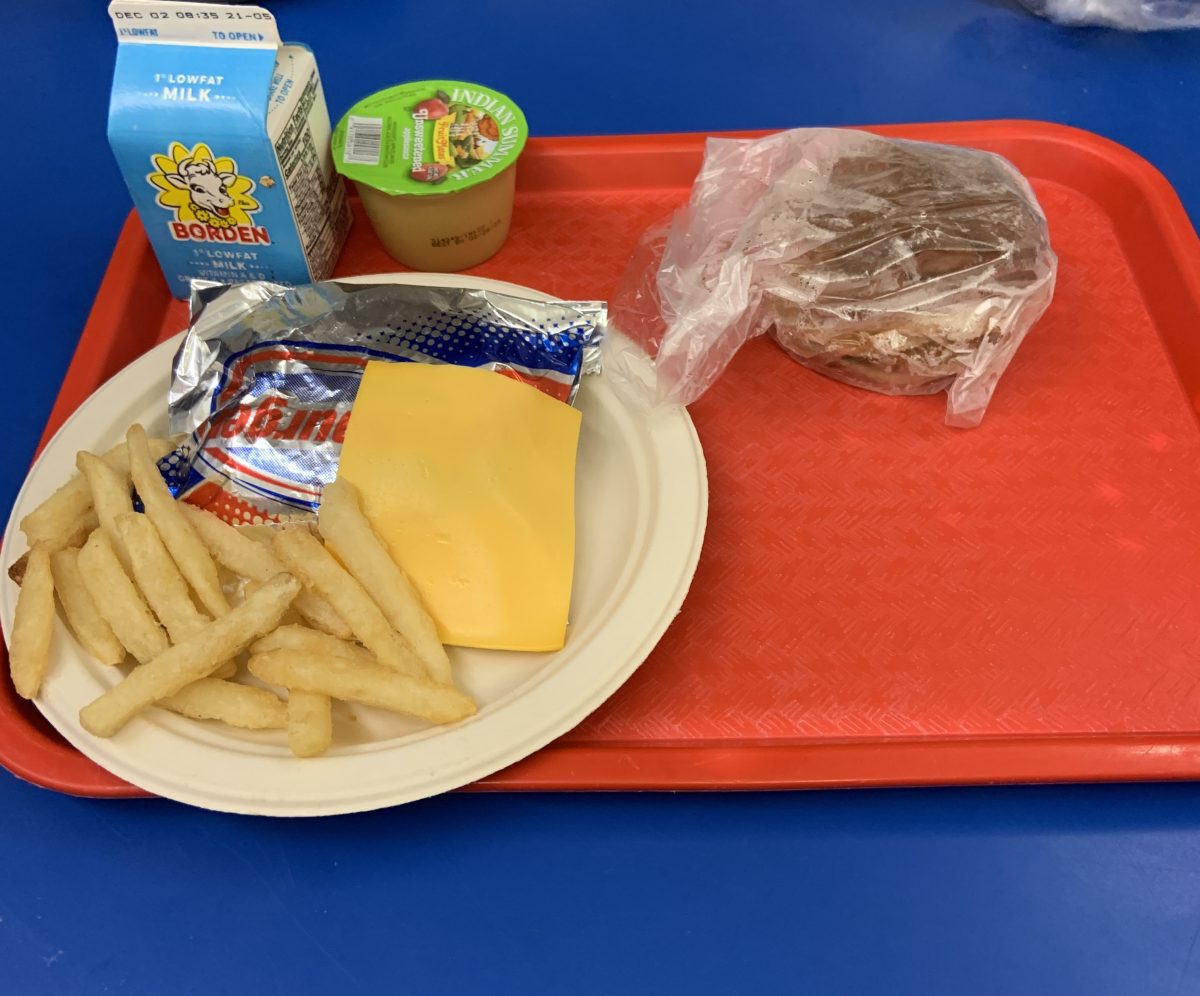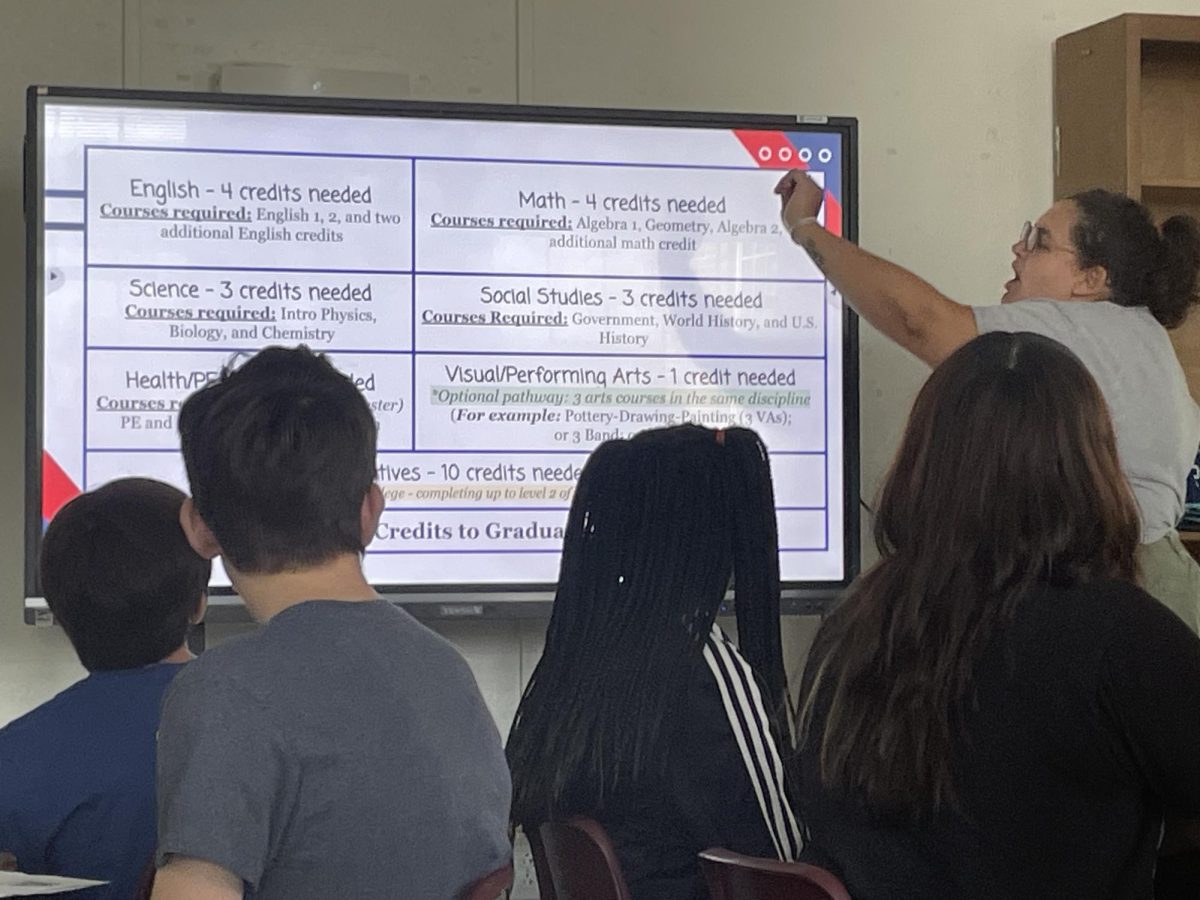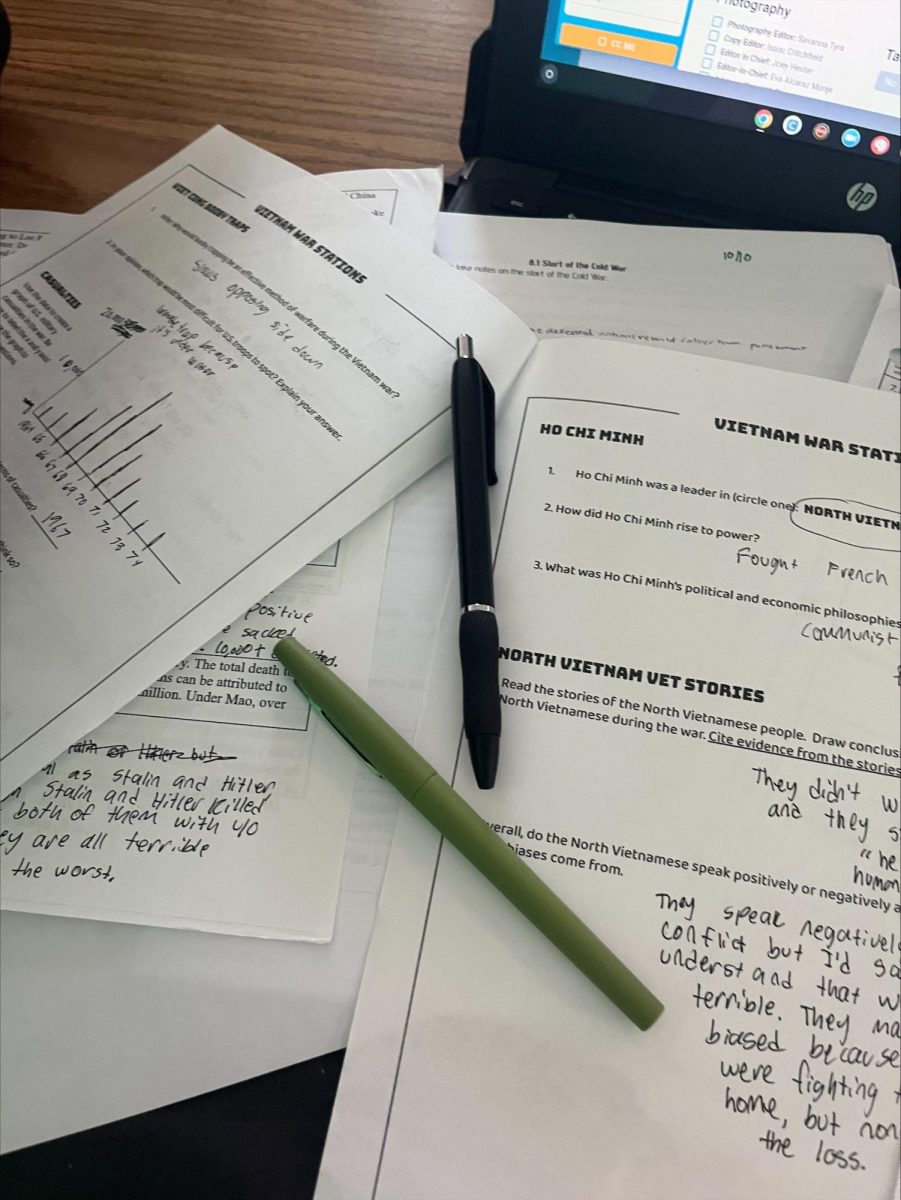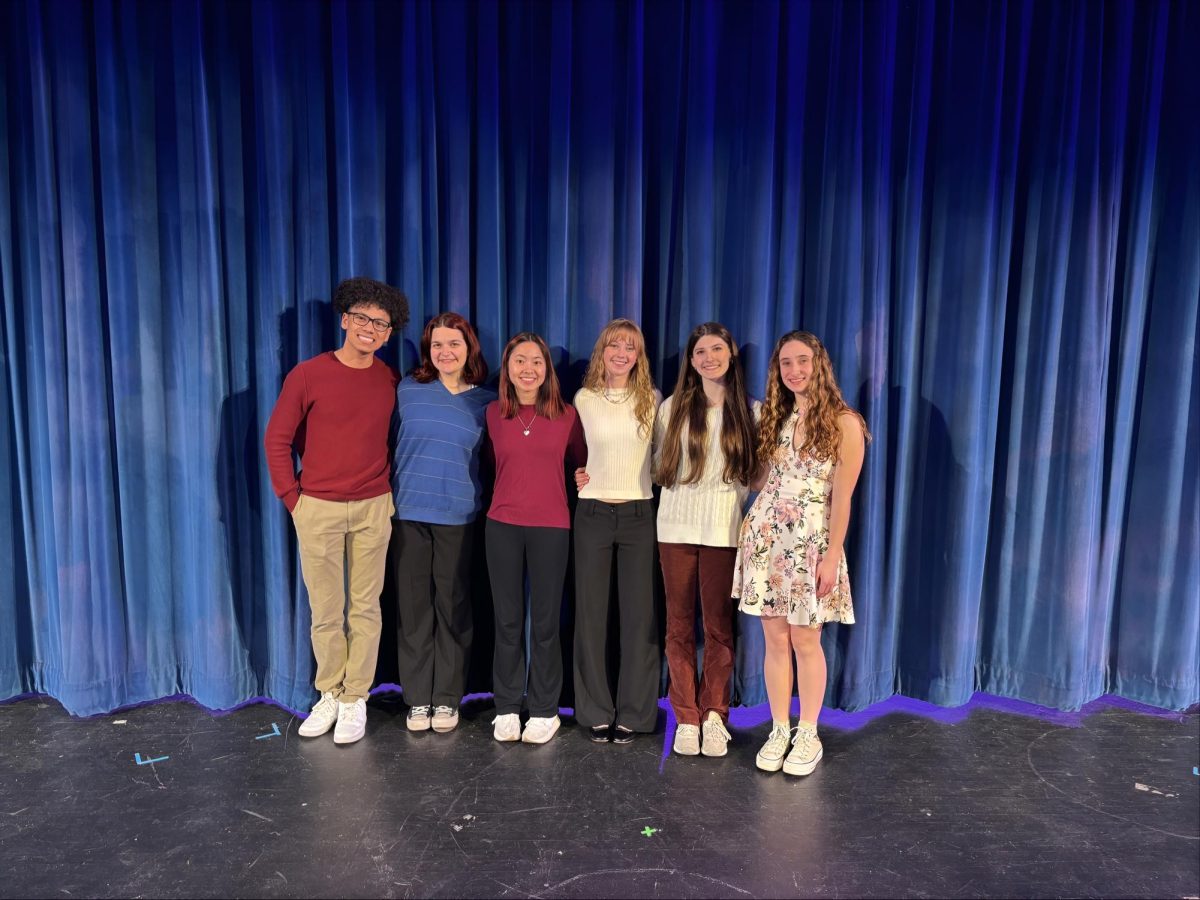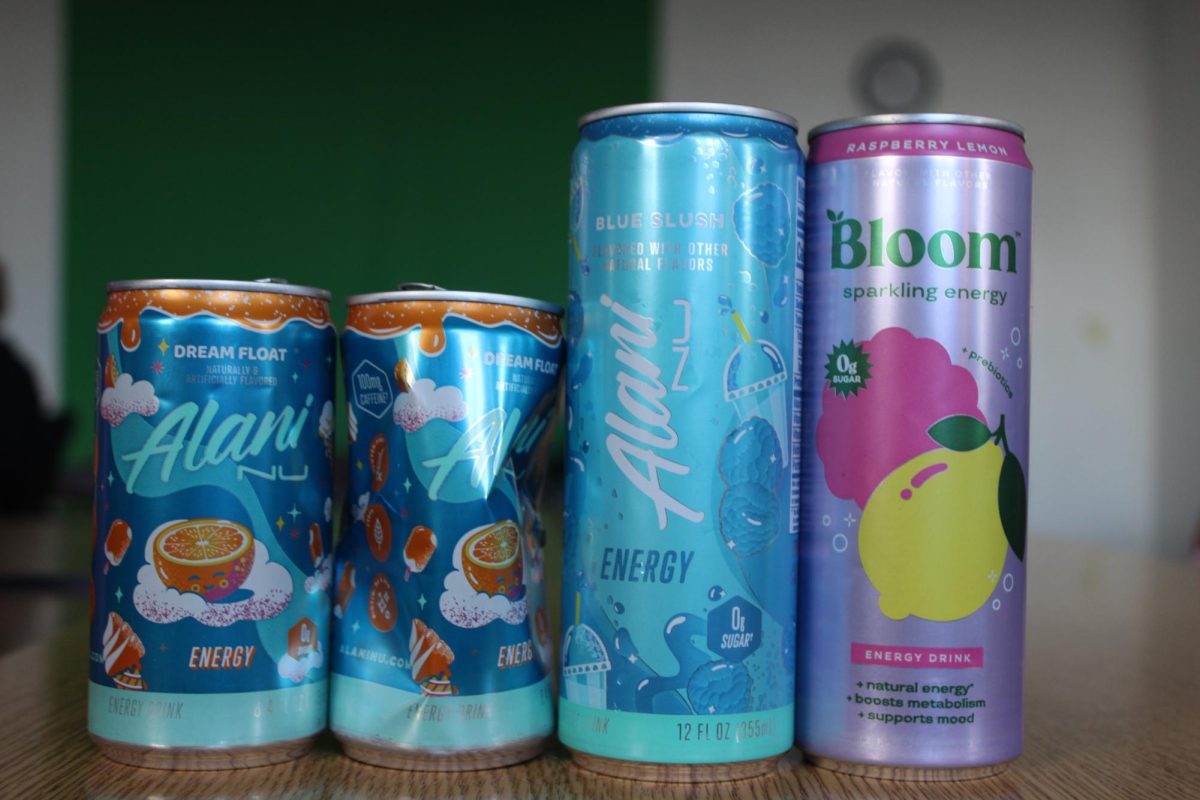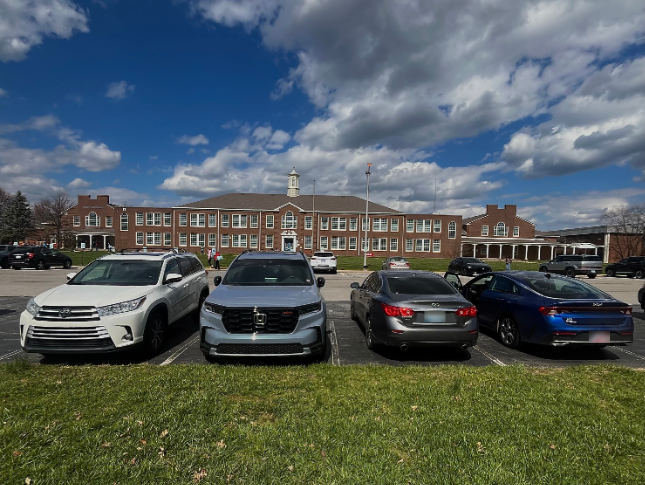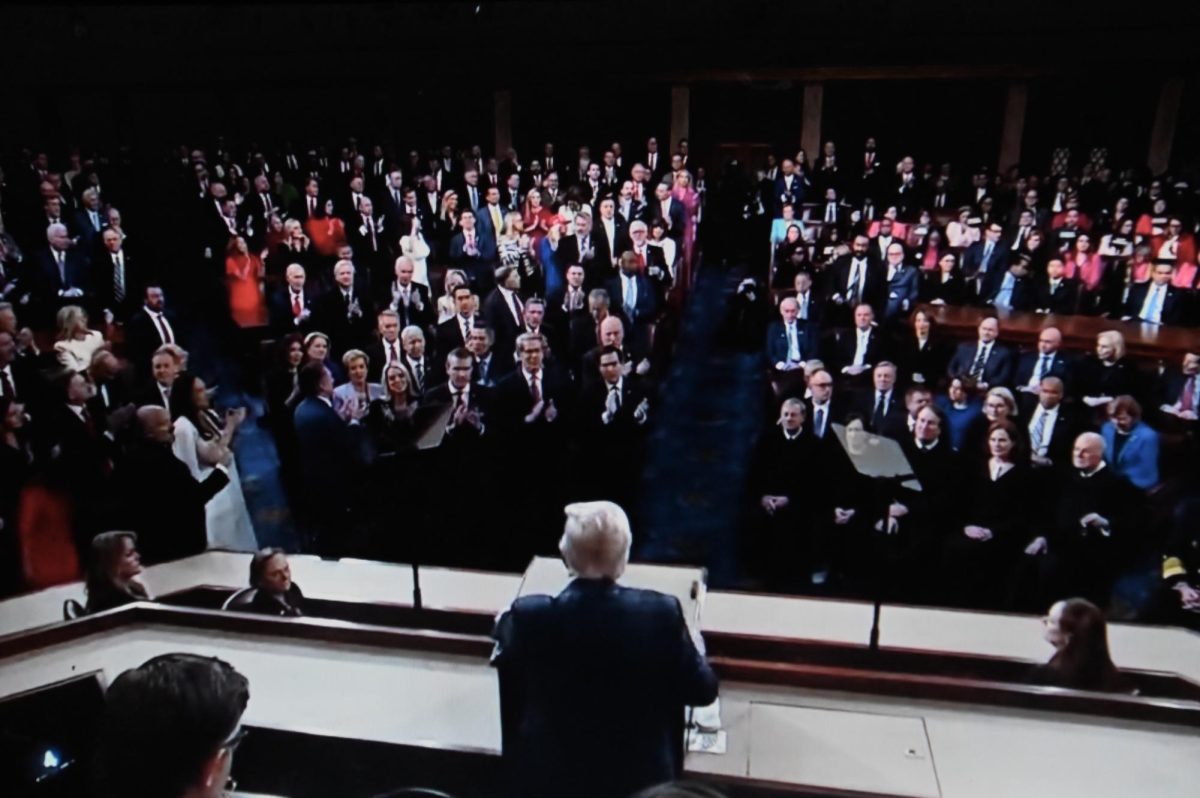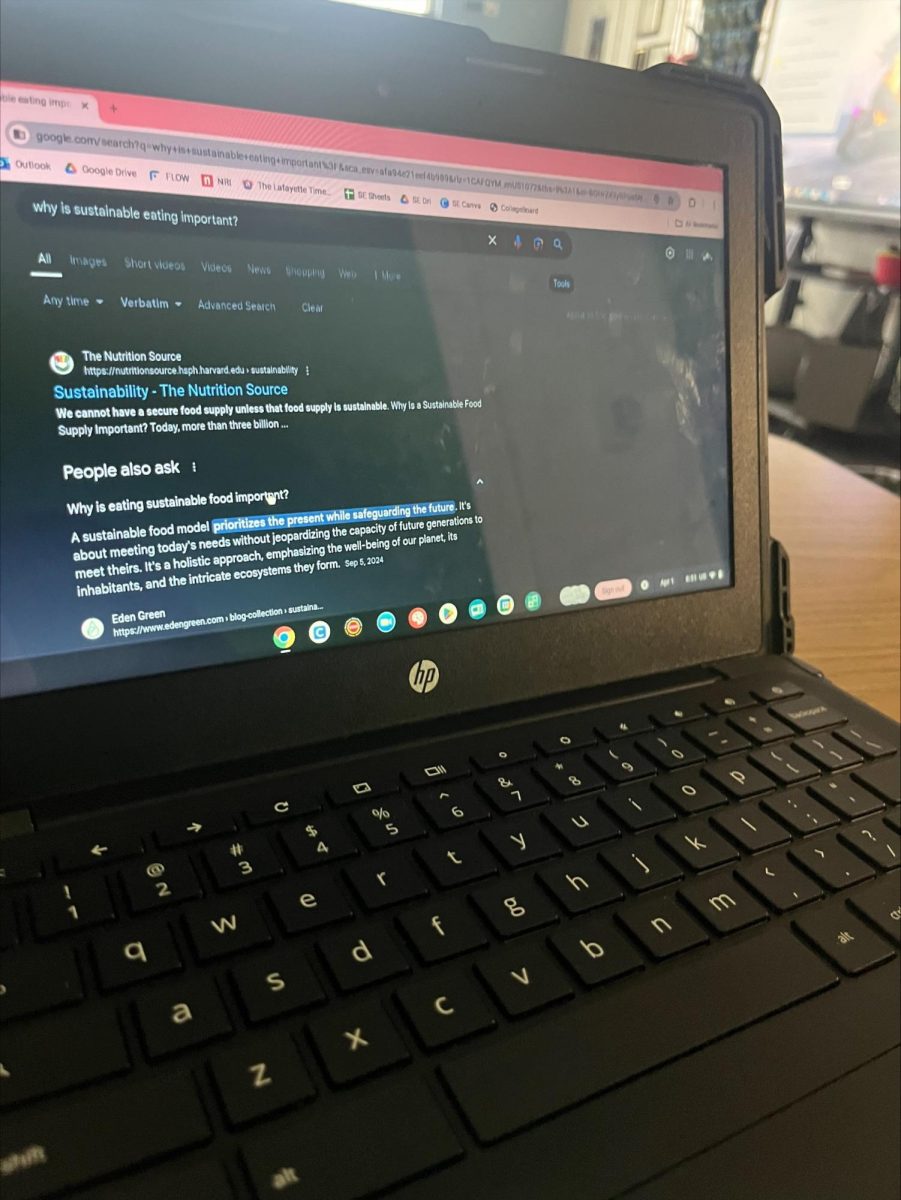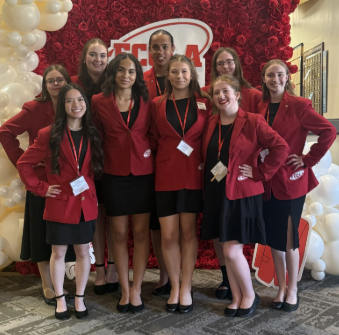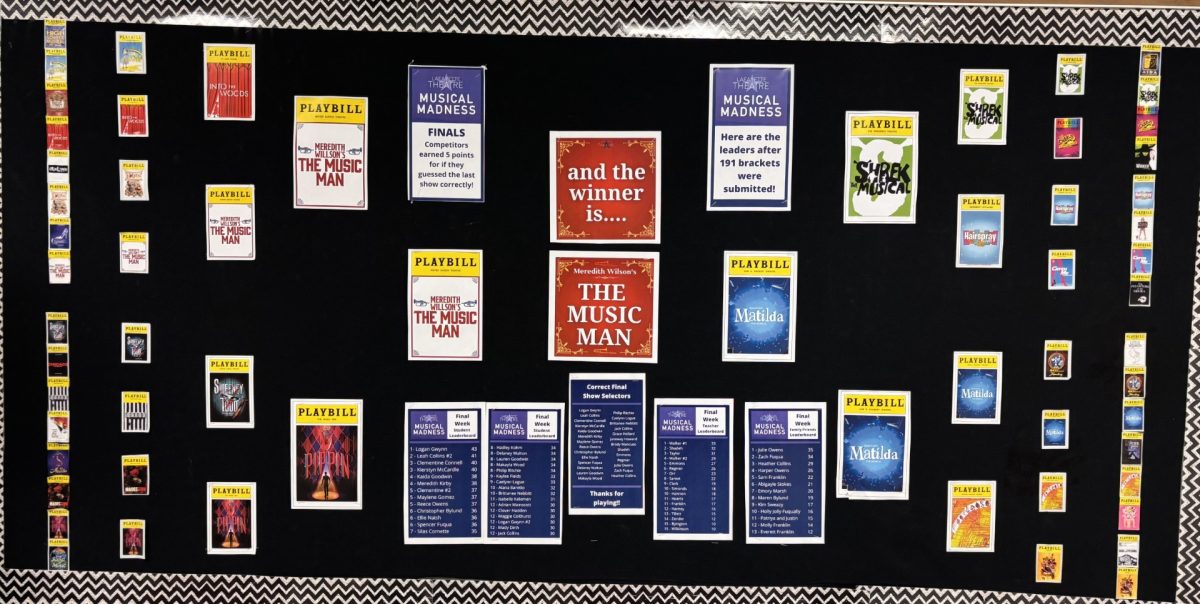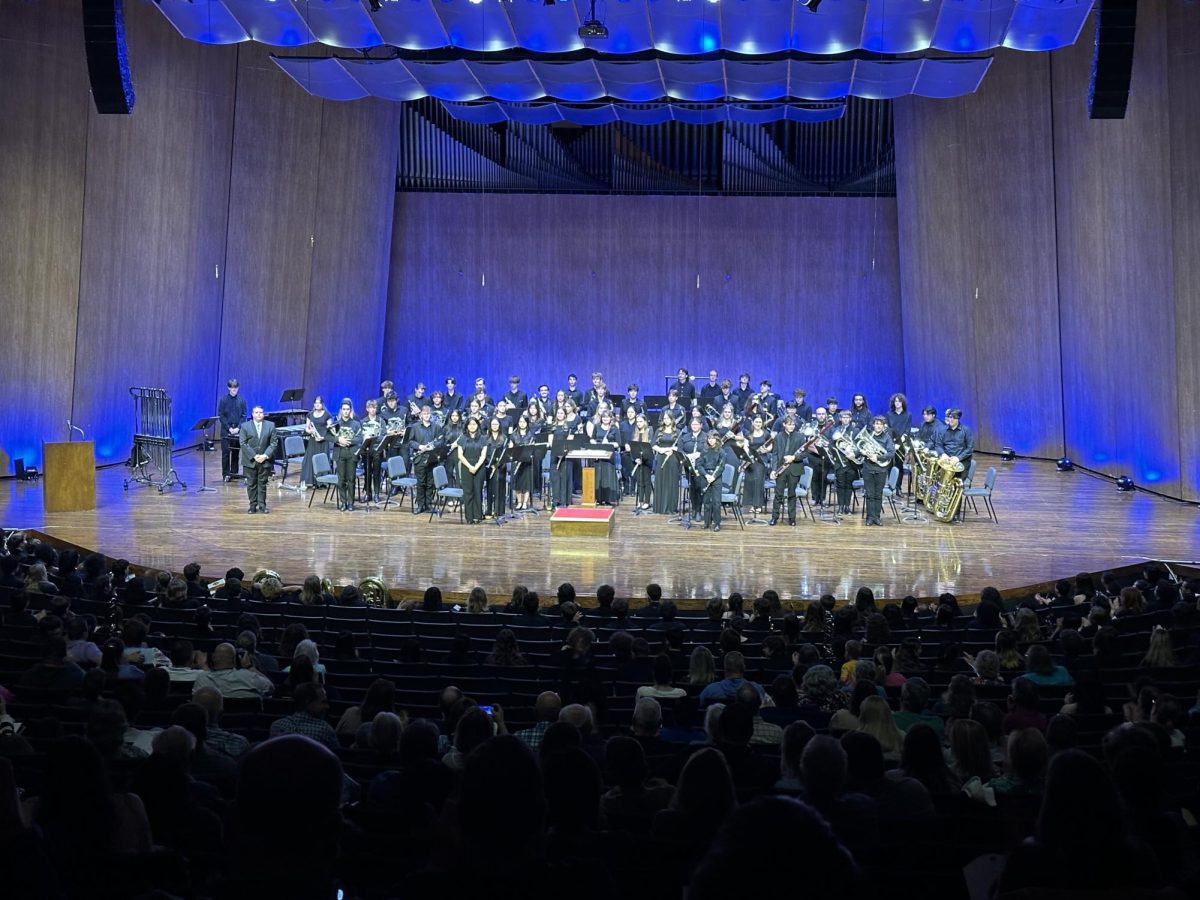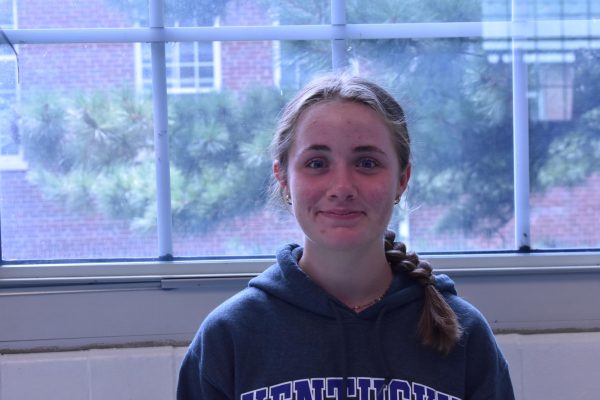Every day at Lafayette High School, our cafeteria staff prepares a meal for school lunches. The lunches are rotated throughout the weeks of school and consist of various options. While schools feed students, does the food provided give students the proper fuel and nutrition to succeed during the school day?
In Fayette County Public Schools, each day for lunch, there are typically 3-4 options for main entrees and six options for sides. Having at least one fruit and vegetable is mandatory for those six sides. Carrots, apples, fruit cups, and broccoli are fruits and vegetables. To get a feel for how nourished students are after eating their lunch, we conducted an interview and survey with Lafayette students.
The Lafayette Times interviewed sophomore Ava Gentner on how nourished she feels after eating Lafayette’s school lunch. We asked if she felt full after eating the school-provided lunch, and she responded, “No because there is never enough food provided, and also, the options are very limited in what Lafayette can offer.” When Genter discusses the very limited options, she is referring to the repetitive lunch options and also the repeating fruits and vegetables given every day that don’t get picked up. The Lafayette Times then asked how Lafayette could improve lunches for students. Gentner replied, “Adding more protein-fueled meals. Especially as a student-athlete, [I need to get] enough fuel and protein, and when I eat school lunch, I don’t feel like I am getting the [most important nutrients] to my diet.”
The Times surveyed 12 students asking whether or not they felt nourished after eating school lunch. The survey results showed that out of the 12, 3 students feel full and well nourished after eating school lunch, while 8 of the 12 still feel hungry, and 1 of the 12 say that it depends on what meal is being served.
While we found that some students do feel nourished after lunch, many do not. This problem must be considered because being well-nourished plays an important role in students’ cognitive function and academic conduct. Some proposed solutions would include high-fiber and high-protein food in school lunches to sustain the students for longer and help them feel more full.

